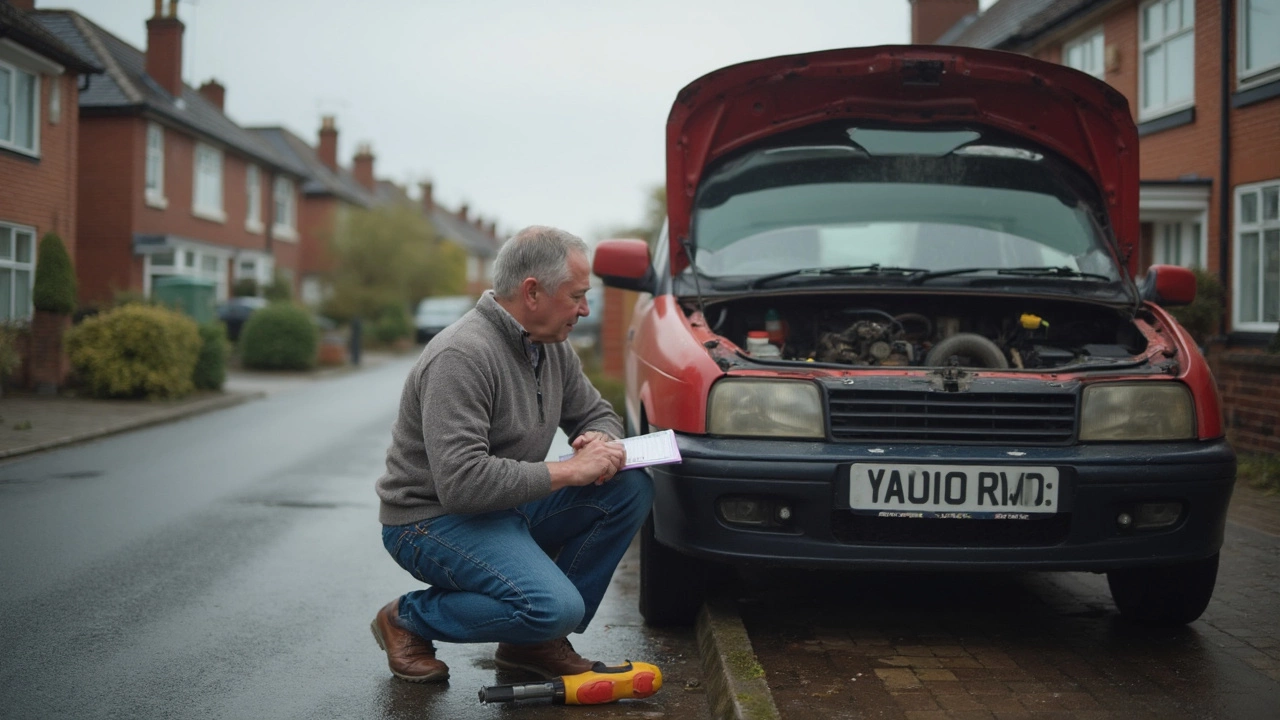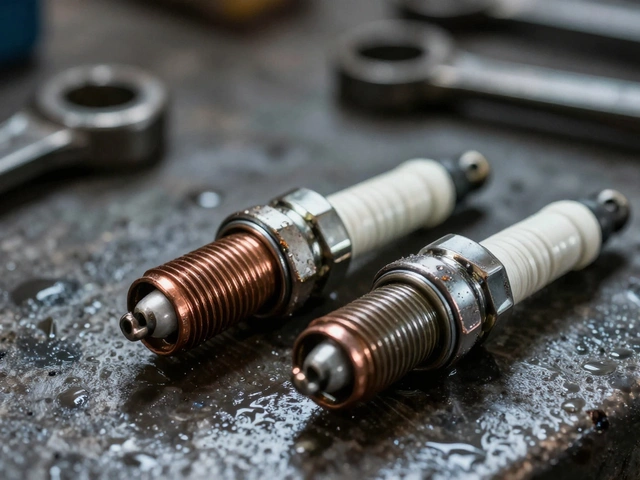Manual Transmission: How It Works, Common Problems, and What to Watch For
When you hear the click of a gear shifting and feel the engine respond directly to your foot, you’re experiencing a manual transmission, a mechanical system that lets the driver manually select gears to control power delivery from the engine to the wheels. Also known as stick shift, it’s one of the most direct ways to connect with your car — and one of the most vulnerable to wear if not treated right. Unlike automatics that shift on their own, a manual transmission relies on your timing, your clutch, and your understanding of how engine RPM matches road speed. That’s why knowing how it works isn’t just for gearheads — it’s how you avoid expensive repairs.
The heart of any manual system is the clutch, the component that disconnects the engine from the transmission so you can change gears smoothly. When the clutch starts to slip, you’ll notice the engine revs higher but the car doesn’t accelerate like it should — a classic sign you’re losing power between the engine and the wheels. This isn’t just annoying; it’s a warning that the clutch disc is worn thin and needs replacing soon. And it’s not just the clutch. The gear shift, the lever you use to select gears, can get loose, stiff, or vague over time, often because the linkage or synchronizers inside the transmission are wearing out. You might feel grinding when you shift, or the gear might pop out on its own. These aren’t normal. They’re signals.
What makes manual transmissions tricky is that problems don’t always show up as warning lights. There’s no check engine light for a worn synchronizer. You feel it. You hear it. You sense it. That’s why drivers who stick with manuals need to pay attention to subtle changes — like a clutch pedal that feels higher than usual, a gear stick that doesn’t go into first easily, or a sudden noise when you let off the gas. These aren’t just quirks. They’re clues. And the posts below cover exactly these signs: how to spot a bad clutch before it leaves you stranded, what slipping clutch symptoms really feel like, and when you can fix something yourself versus when you need professional help. You’ll also find advice on related parts like the flywheel and throw-out bearing, which often wear alongside the clutch. This isn’t theory. It’s what real drivers in Stevenage are dealing with right now — and how to handle it before it turns into a tow truck bill.





